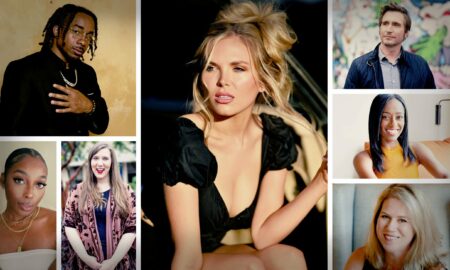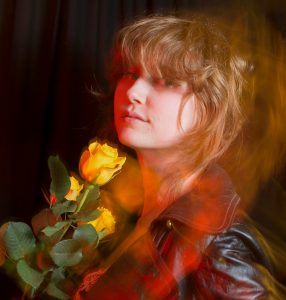
Today we’d like to introduce you to Bailey Kobelin.
Hi Bailey, so excited to have you on the platform. So before we get into questions about your work-life, maybe you can bring our readers up to speed on your story and how you got to where you are today?
For as long as I can remember, art has been all around me. I see and feel creativity in everything that I do. I grew up in the artistic communities of Berkeley and Oakland. My mum is an incredible artist and made sure my sister and I were always creating or going to museums. My interest in photography arose from volunteering at the all-ages punk venue 924 Gilman Street and eventually becoming involved in the queer music scenes across Oakland. That community gave me access and support venturing into live music photography. It also allowed me to play with ideas, such as multiple exposures.
When I was a student at Laney College in Oakland, I was fortunate to work in one of the few remaining community college darkrooms. It was through the medium of film photography that I truly found my passion. I became obsessed with in-camera surrealism. Using film really encourages you to be innovative in obtaining a desired effect, especially as I was printing in a darkroom at the time. You have no access or thoughts about editing with digital tools like photoshop. This is when I began building my own prisms to fit around different lenses and using all types of color filters and reflective surfaces. This is also the time in which my project Mortality Salience began to develop.
Mortality Salience is my visual sociology project that focuses on various depths of death and dying. “Cemetery Scapes” is the portion of this project in which I photograph cemetery landscapes and architecture. This initially began as a way to practice my surreal portraiture techniques. Mountain View Cemetery in Oakland has beautiful statues which was a great way to test all the different prisms. When walking through these spaces taking pictures, I learned so much about the history and symbolism. This inspired me to focus my college studies on the Sociology of Death and Dying, which is what brought me to Los Angeles.
My artistic journey has consistently revolved around underground live music and death and dying. Currently, I am based out of Glendale. I am not a commercial photographer; I work a full-time job in a funeral home. I collaborate with unique artists & musicians and I am working on developing personal projects. Recently, I have been selling art pieces such as prints, postcards, jewelry, and paintings at craft fairs and music shows.
I’m sure you wouldn’t say it’s been obstacle free, but so far would you say the journey have been a fairly smooth road?
Being an artist should never be a smooth road. If it is, you’re doing something wrong. Creativity is a constant struggle in a capitalist society. I believe that to truly identify as an artist is to push back against a world that has no place for you, it’s to question and challenge everything that you think is wrong. Art can be severely undervalued because it’s a powerful tool for social change.
One of the most challenging things for me lately has been finding motivation since this reemergence from Covid. I relied so much on live music and other people’s faces for my artistic expression, and when that all stopped it was a shock. And on top of that moving to Los Angeles during this time, it was a total disconnect from community. I really had to evaluate what I was doing and why I was doing it.
Since then, I haven’t been as passionate about commercial photography. I simply don’t want to shoot for anyone else unless it is collaborative and it inspires me. At first, I was mad at myself for this, I had framed my photography as an independent business. I have a lot of pride in charging for my work- it gives it value, it gives me additional income. So the challenge I have been working through is realizing that I am not a business. I still charge for my work, but I am not reaching out or hustling to get as many shoots as I can. I am simply looking to meet inspiring creatives. My art isn’t any better because it made the most money or got the most likes on Instagram (which, while once useful, has radically changed against the visual artist since the popularity of TikTok). I am trying to overcome this challenge by focusing on making whatever brings me joy. In April I started making jewelry. I’ve never done that before or even wanted to. But I found it really relaxing. Now I sell at craft fairs or live music shows. I suppose selling them is still feeling that capitalist pressure, but it doesn’t affect me if no one buys it because it’s there, it’s already made. And the best thing that I have found about selling art at all of these pop-ups is meeting other interesting artists. That sense of community has been slowly rekindling my creative fire.
Thanks – so what else should our readers know about your work and what you’re currently focused on?
Currently I am focusing on ways in which I can really prioritize creativity in 2023. I strangely have a good feeling about this year, and several of my artist friends have expressed the same positive energy. I’m working on 2 music video projects right now, which I’m looking forward to releasing this year. I am also trying to focus on my personal art projects. I’m developing the second interview portion of my project Mortality Salience. I plan to interview people about their thoughts and experiences with death and dying, taking their portrait on a 4×5 film camera, and then displaying the work in a gallery show. Over the next few months I am working to solidify a gallery space on the Eastside of LA and to gather enough volunteer subjects. I am also thinking about returning to some unfinished projects such as large paintings and a short surreal film using footage I took during the Covid lockdown.
Before we let you go, we’ve got to ask if you have any advice for those who are just starting out?
I have two points of advice to those who are starting out. The first is to make sure that you are in it because you love it. If that ceases to be the case, move on to something else. I think that calling yourself a “photographer” is so limiting. We are artists and photography is simply one of many mediums. If you find yourself not enjoying that medium, never hesitate to explore something else. It’s always there to come back to.
My second point of advice is to always think about how you can give back. Whether it’s teaching your knowledge to others, sharing your equipment, using your photography to advocate for something you are passionate about, buying art directly from an artist, or offering free work to folks who are in need when you can. Having access to photography is a privilege, and having an artistic eye can really set you apart. But there is so much divide, competition, snobbery, and for-profit attitudes in the art world and I hope that anybody starting out can see that it doesn’t have to be that way. Our actions can make it not be that way.
Contact Info:
- Website: baileykobelin.com
- Instagram: @baileykobelin @mortalitysalience


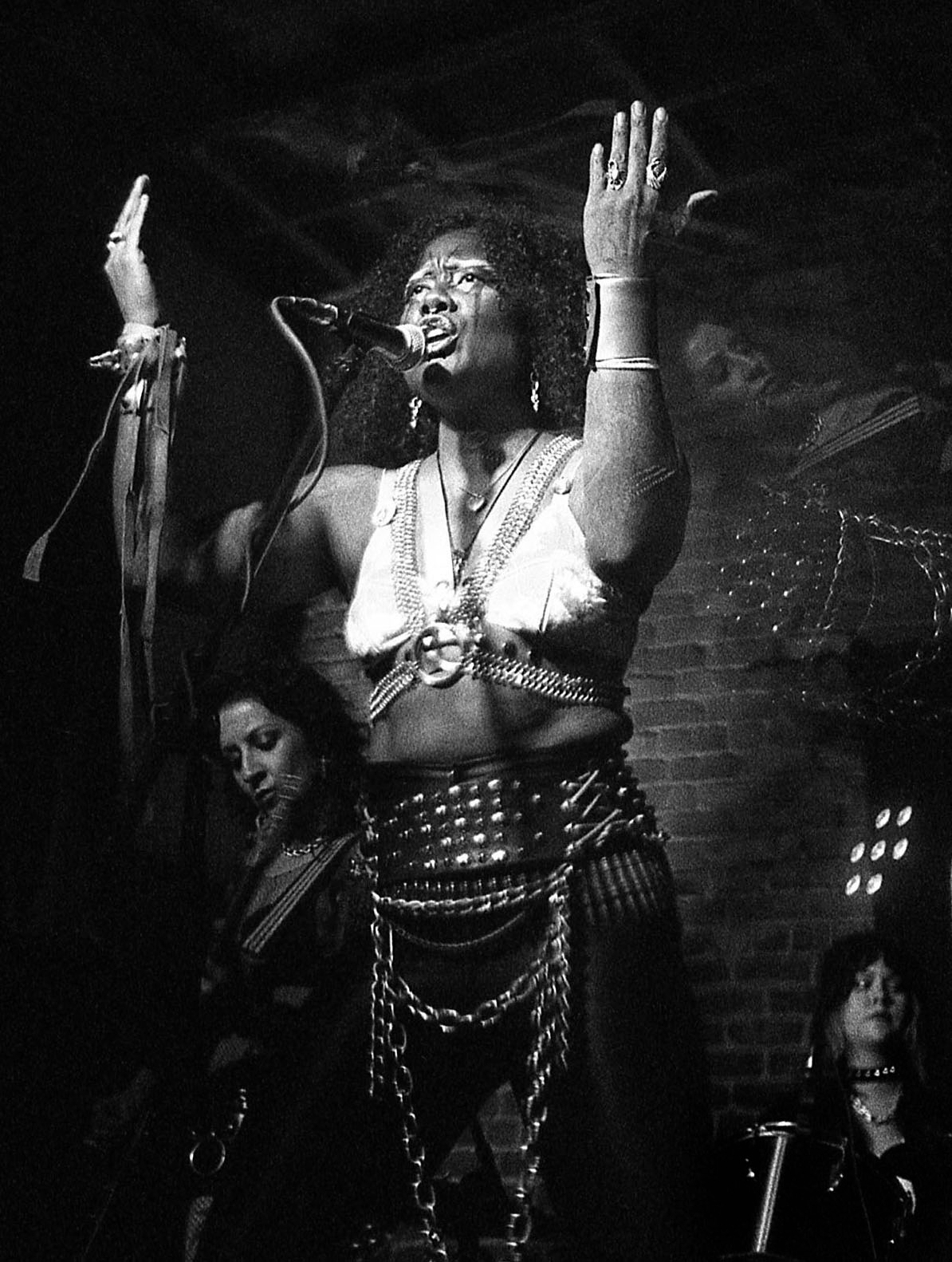

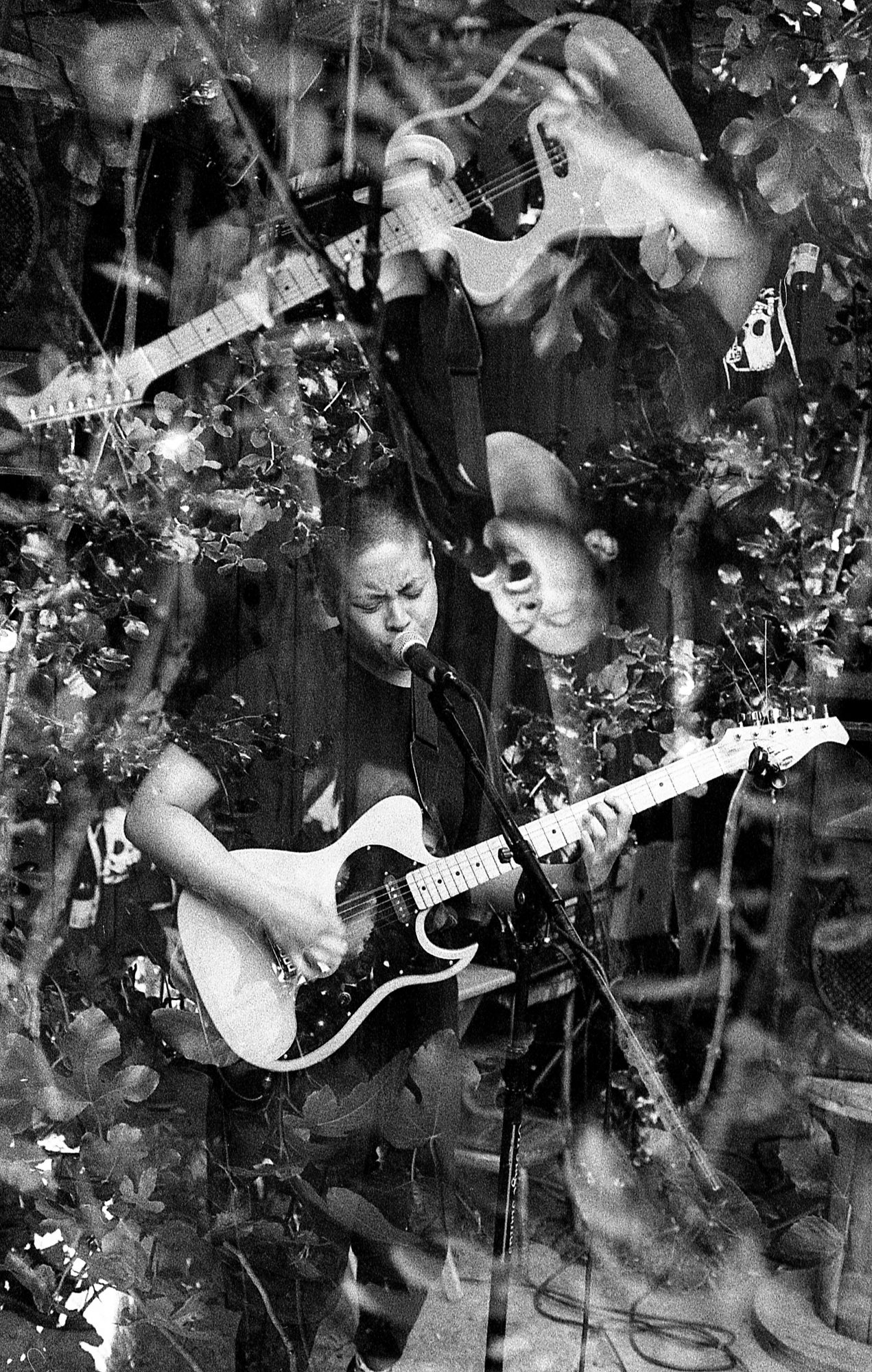

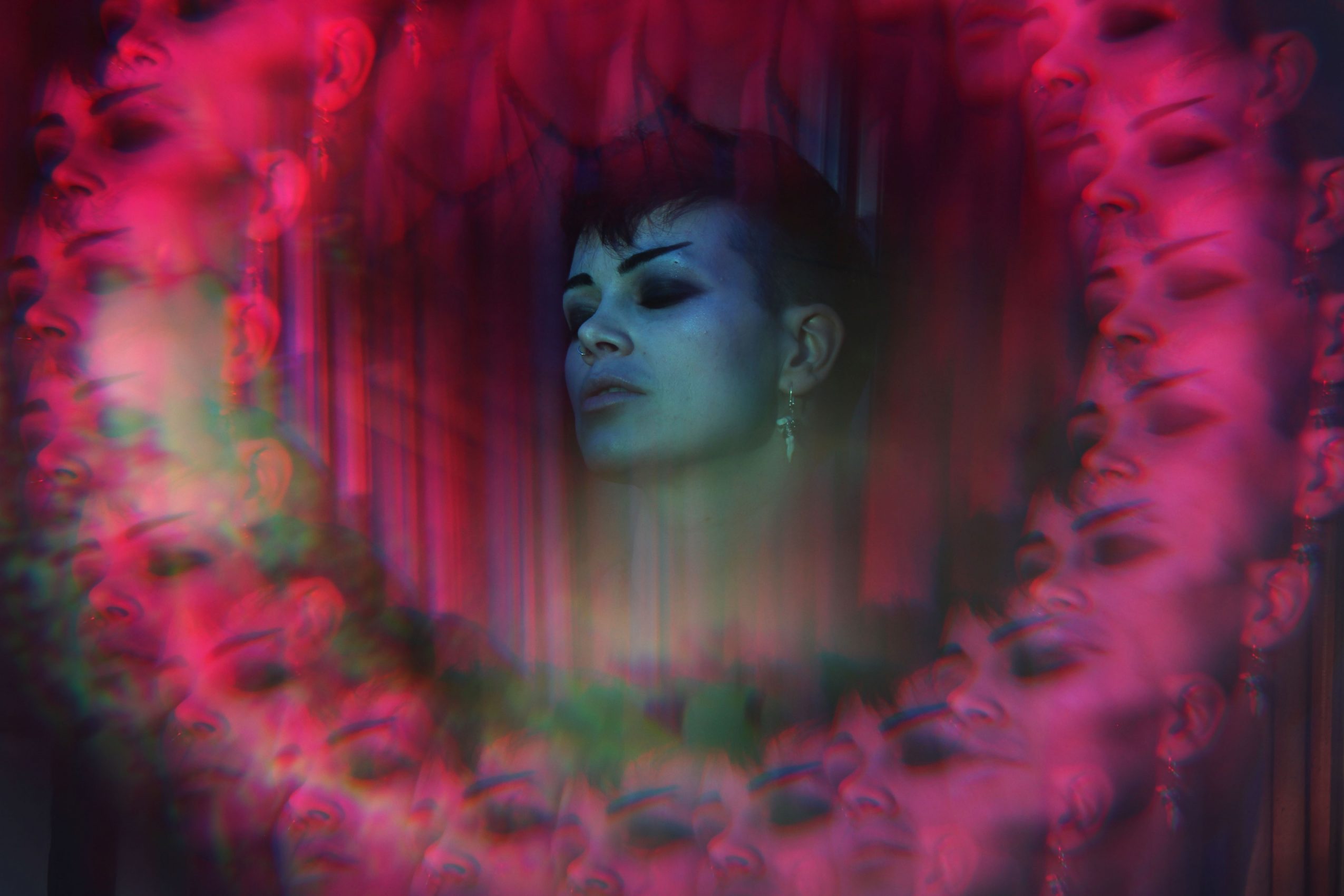

Image Credits:
Kristin Cofer (cover photo)

